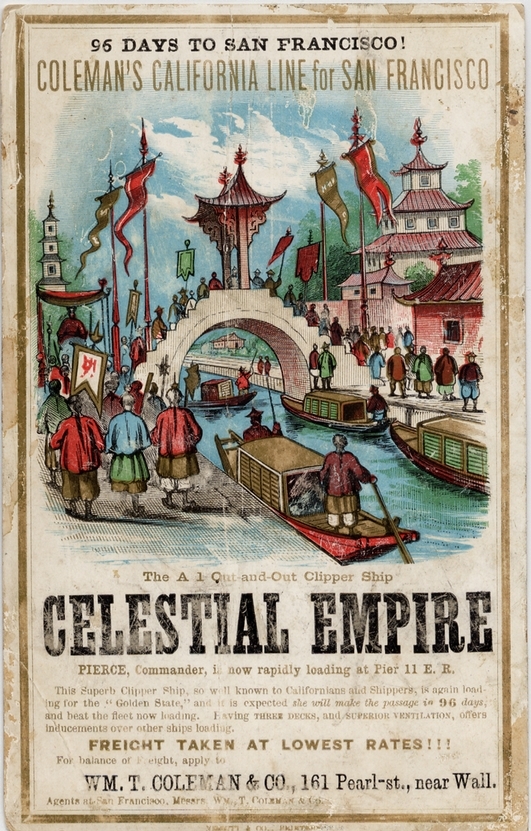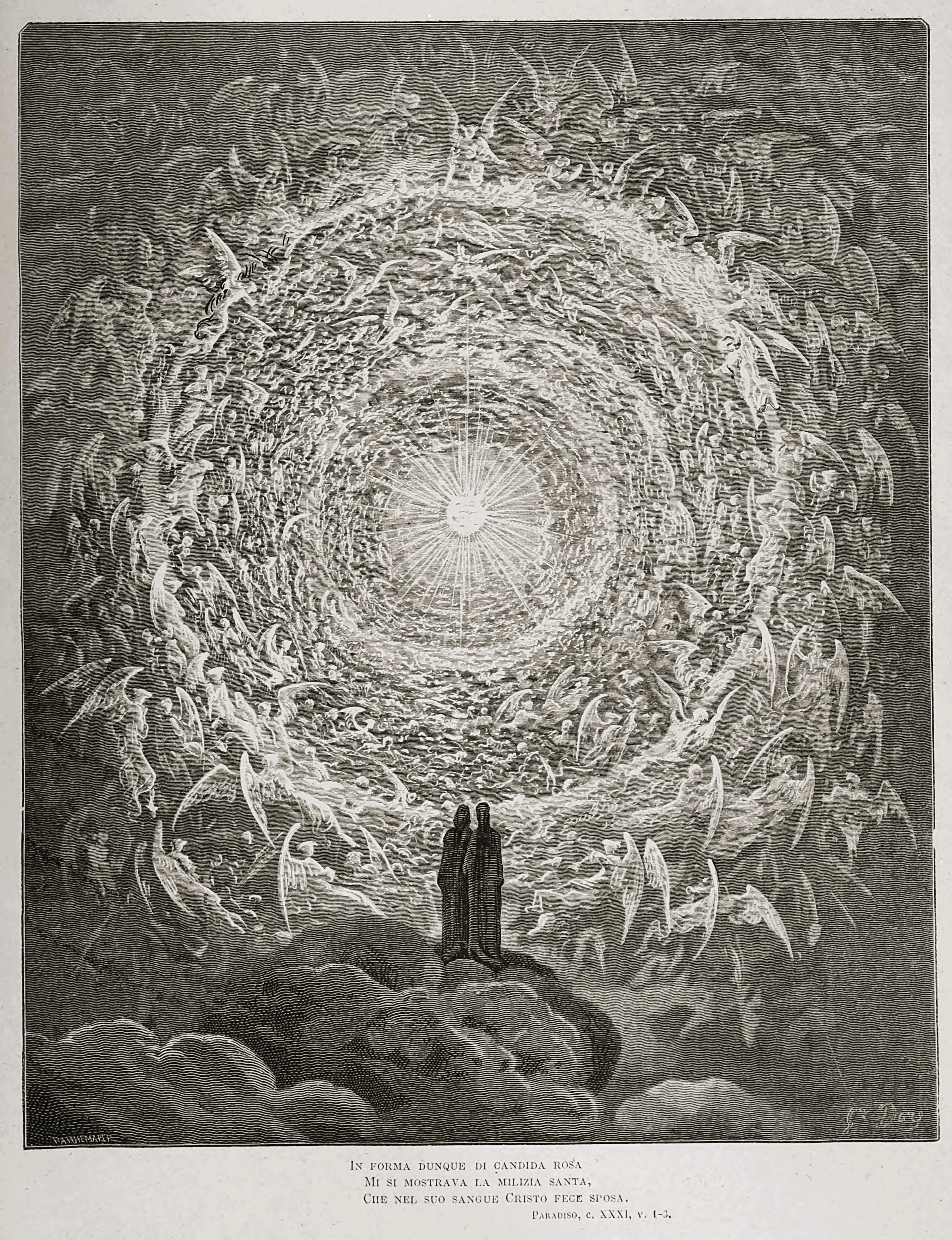|
Tian Kehan
Khan of Heaven or Tian Kehan, Celestial Kha(ga)n, Heavenly Kha(ga)n, Tengri Kha(ga)n (; Old Turkic: 𐱅𐰭𐰼𐰃𐰴𐰍𐰣) was a title addressed to the Emperor Taizong of Tang by various Turkic nomads. It was first mentioned in accounts on May 20, 630 and again on October 24, 646, shortly after the Eastern Turkic Khaganate and Xueyantuo were annihilated by the Tang dynasty. The title Tengri Khagan also used to refer other Turkic rulers, both known as the Tengri Khagan ( or ) or Täŋridä qaγan () to the Chinese, during the Second Eastern Turkic Khaganate (r. 739–741) and Uyghur Khaganate (r. 759–779) periods. It is uncertain whether the title also applied to the rest of the Tang emperors, or to the Wu Zhou empress regnant Wu Zetian, since the term "Khagan" only referred to male rulers and Empress Wu had started her dominion in the Chinese court after the year AD 665 until the year AD 705, which is after the title's first use by a Chinese emperor. However, two appea ... [...More Info...] [...Related Items...] OR: [Wikipedia] [Google] [Baidu] |
Old Turkic
Old Siberian Turkic, generally known as East Old Turkic and often shortened to Old Turkic, was a Siberian Turkic language spoken around East Turkistan and Mongolia. It was first discovered in inscriptions originating from the Second Turkic Khaganate, and later the Uyghur Khaganate, making it the earliest attested Common Turkic language. In terms of the datability of extant written sources, the period of Old Turkic can be dated from slightly before 720 AD to the Mongol invasions of the 13th century. Classification and dialects Old Turkic can generally be split into two dialects, the earlier Orkhon Turkic and the later Old Uyghur. There is a difference of opinion among linguists with regard to the Karakhanid language, some (among whom include Omeljan Pritsak, Sergey Malov, Osman Karatay and Marcel Erdal) classify it as another dialect of East Old Turkic, while others prefer to include Karakhanid among Middle Turkic languages; nonetheless, Karakhanid is very close t ... [...More Info...] [...Related Items...] OR: [Wikipedia] [Google] [Baidu] |
Khan (title)
Khan (, , ) is a historic Turkic peoples, Turkic and Proto-Mongols, Mongolic title originating among nomadic tribes in the Eurasian Steppe#Divisions, Central and Eastern Eurasian Steppe to refer to a king. It first appears among the Rouran and then the Göktürks as a variant of khagan (sovereign, emperor) and implied a subordinate ruler. In the Seljuk Empire, Seljük Empire, it was the highest noble title, ranking above malik (king) and emir (prince). In the Mongol Empire it signified the ruler of a Orda (organization), horde (''ulus''), while the ruler of all the Mongols was the khagan or great khan. It is a title commonly used to signify the head of a Pashtun Pashtun tribes, tribe or clan. The title subsequently declined in importance. During the Safavid Iran, Safavid and Qajar Iran, Qajar dynasty it was the title of an army general high noble rank who was ruling a province, and in Mughal Empire, Mughal India it was a high noble rank restricted to courtiers. After the downfal ... [...More Info...] [...Related Items...] OR: [Wikipedia] [Google] [Baidu] |
Mandate Of Heaven
The Mandate of Heaven ( zh, t=天命, p=Tiānmìng, w=, l=Heaven's command) is a Chinese ideology#Political ideologies, political ideology that was used in History of China#Ancient China, Ancient China and Chinese Empire, Imperial China to legitimacy (political), legitimize the rule of the King of China, king or emperor of China. According to this doctrine, Heaven (, ''Tian'') bestows its mandate) the sovereign used to fengjian, appoint an aristocratic relative to rule a Ancient Chinese states, regional state. In this sense the relation between Heaven and the sovereign was analogous to the relation between the sovereign and the regional lord. on a virtuous ruler. This ruler, the Son of Heaven, was the supreme Universal monarchy, universal monarch, who ruled ''Tianxia'' (; "all under heaven", the world). If a ruler was overthrown, this was interpreted as an indication that the ruler was unworthy and had lost the mandate. It was also a common belief that natural disasters such as ... [...More Info...] [...Related Items...] OR: [Wikipedia] [Google] [Baidu] |
Tian Ming
The Mandate of Heaven ( zh, t=天命, p=Tiānmìng, w=, l=Heaven's command) is a Chinese political ideology that was used in Ancient China and Imperial China to legitimize the rule of the king or emperor of China. According to this doctrine, Heaven (, '' Tian'') bestows its mandate) the sovereign used to appoint an aristocratic relative to rule a regional state. In this sense the relation between Heaven and the sovereign was analogous to the relation between the sovereign and the regional lord. on a virtuous ruler. This ruler, the Son of Heaven, was the supreme universal monarch, who ruled '' Tianxia'' (; "all under heaven", the world). If a ruler was overthrown, this was interpreted as an indication that the ruler was unworthy and had lost the mandate. It was also a common belief that natural disasters such as famine and flood were divine retributions bearing signs of Heaven's displeasure with the ruler, so there would often be revolts following major disasters as the peo ... [...More Info...] [...Related Items...] OR: [Wikipedia] [Google] [Baidu] |
Dynasty Of Heaven
Celestial Empire () is an archaic name used to refer to China or the Chinese Empire, from a literary and poetic translation of the Chinese term, one of many names for China. The name was used in reference to the status of the Emperor of China as the Son of Heaven in the Sinosphere. Accordingly, in the 19th century, the name "Celestial" was used to refer to Chinese people. Both terms were widely used in the English-language popular mass media of the day,"The Wyoming Massacre" ''New York Times''; 6 September 1885; pg. 7, ProQuest Historical Newspapers The ''New York Times'' Retrieved 12 March 2007."The Chinese Massacre," ''The National Police Gazette'', September 19, 1885, no. 418, pg 6. but fell into disuse later on. Its usage has become popular again in the present day (2015), particularly among [...More Info...] [...Related Items...] OR: [Wikipedia] [Google] [Baidu] |
All Under Heaven
''Tianxia'', 'all under Heaven', is a Chinese term for a historical Chinese cultural concept that denoted either the entire geographical world or the metaphysical realm of mortals, and later became associated with political sovereignty. In ancient China and imperial China, ''tianxia'' denoted the lands, space, and area divinely appointed to the Chinese sovereign by universal and well-defined principles of order. The center of this land was directly apportioned to the Chinese court, forming the center of a world view that centered on the Chinese court and went concentrically outward to major and minor officials and then the common subjects, tributary states, and finally ending with fringe barbarians. The center of this world view was not exclusionary in nature, and outer groups, such as ethnic minorities and foreign people, who accepted the mandate of the Chinese Emperor were themselves received and included into the Chinese ''tianxia''. In classical Chinese political thought ... [...More Info...] [...Related Items...] OR: [Wikipedia] [Google] [Baidu] |
Shangdi
Shangdi (), also called simply Di (), is the name of the Chinese Highest Deity or "Lord Above" in the Chinese theology, theology of the classical texts, especially deriving from Shang dynasty, Shang theology and finding an equivalent in the later ''Tian, Tiān'' ("Heaven" or "Great Whole") of Zhou dynasty, Zhou theology. Although the use of "Tian" to refer to the Absolute (philosophy), absolute God of the universe is predominant in Chinese religion today, "Shangdi" continues to be used in a variety of traditions, including certain Chinese philosophy, philosophical schools, certain strains of Chinese Buddhism, Taoism, Confucianism, some Chinese salvationist religions (notably Yiguandao) and Protestantism in China, Chinese Protestant Christianity. In addition, it is commonly used by contemporary Chinese (both mainland and overseas) and by religious and secular groups in East Asia, as a name of a singular universal deity and as a non-religious translation for God in Abrahamic relig ... [...More Info...] [...Related Items...] OR: [Wikipedia] [Google] [Baidu] |
Heaven
Heaven, or the Heavens, is a common Religious cosmology, religious cosmological or supernatural place where beings such as deity, deities, angels, souls, saints, or Veneration of the dead, venerated ancestors are said to originate, be throne, enthroned, or reside. According to the beliefs of some religions, heavenly beings can descend to Earth or Incarnation, incarnate and earthly beings can ascend to Heaven in the afterlife or, in exceptional cases, enter Heaven Entering heaven alive, without dying. Heaven is often described as a "highest place", the Sacred, holiest place, a paradise, in contrast to Hell or the Underworld or the "low places" and History of Christian universalism, universally or conditionally accessible by earthly beings according to various standards of divinity, good and evil, goodness, piety, faith, or other virtues or orthodoxy, right beliefs or simply Will of God, divine will. Some believe in the possibility of a heaven on Earth in a ''world to come''. A ... [...More Info...] [...Related Items...] OR: [Wikipedia] [Google] [Baidu] |
Tian
Tian () is one of the oldest Chinese terms for heaven and a key concept in Chinese mythology, philosophy, and cosmology. During the Shang dynasty (17th―11th century BCE), the Chinese referred to their highest god as '' Shangdi'' or ''Di'' (, 'Lord'). During the following Zhou dynasty, Tian became synonymous with this figure. Before the 20th century, worship of Tian was an orthodox cosmic principle of China. In Taoism and Confucianism, Tian (the celestial aspect of the cosmos, often translated as "Heaven") is mentioned in relationship to its complementary aspect of '' Dì'' (, often translated as "Earth"). They are thought to maintain the two poles of the Three Realms of reality, with the middle realm occupied by Humanity (, ), and the lower world occupied by demons (, ) and "ghosts", the damned, (, ). Tian was variously thought of as a "supreme power reigning over lesser gods and human beings" that brought "order and calm... or catastrophe and punishment", a deity, destiny, a ... [...More Info...] [...Related Items...] OR: [Wikipedia] [Google] [Baidu] |
Tang Dynasty In Inner Asia
The Tang dynasty in Inner Asia was the expansion of the Tang dynasty's realm in Inner Asia in the 7th and, to a lesser degree, the 8th century AD, in the Tarim Basin ( Southern Xinjiang), the Mongolian Plateau, and portions of Central Asia. Wars were fought against the Gokturk Empires and Xueyantuo, but also against many states of Central Asia. This expansion was not steady; for example, the Tang did lose control of the Tarim Basin temporarily to the Tibetan Empire in the 680s, and their expansion north of the Gobi Desert was thwarted in 682. Emperor Taizong's military success was, in part, a consequence of changes he initiated in the Chinese army, including improved weaponry. The emperor placed a new emphasis on cavalry, which was very important because his non- Han opponents used the horse effectively in warfare. History Tang expansion The Tang dynasty was one of the Golden Ages of Chinese history. Coming out of the devastation of the late Sui dynasty, Tang emperors were ... [...More Info...] [...Related Items...] OR: [Wikipedia] [Google] [Baidu] |





